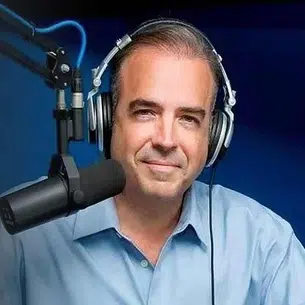TERRE HAUTE, Ind. (WTWO/WAWV)– During the Vigo County Council meeting on Tuesday, the Vigo County Commissioners unveiled over $15 millions in upcoming spending using funds from the American Rescue Plan Act.
The largest investment was $5 million slated for housing projects. Commissioner Mark Clinkenbeard said they worked closely with the City of Terre Haute so their spending plans could complement each other, and hit as many areas as possible.
“Working with [Terre Haute Mayor Duke Bennett] and seeing what the needs are of the county and seeing what we can do to get the best of our buck. This is a once in a lifetime thing, I think, and we want to make it count,” he said.
In total, about a dozen projects and initiatives were discussed on Tuesday. The list goes as follows, sorted by total amount committed.
- $3 million for childcare programs at the Early Childhood Education Center located at Indiana State University.
- $2,104,000 on road and sewage projects around the county.
- $2 million on programming to help youth through the Vigo County Juvenile Center.
- $1 million to help fund local non-profit organizations and small businesses.
- $750,000 on developing a West Central Indiana Business Hub at the Hulman and Co. building in downtown Terre Haute.
- $750,000 to Happiness Bag, an organization that helps those with disabilities.
- $500,000 for an Equine Event Center at St. Mary of the Woods College
- $500,000 for Rose-Hulman Ventures to build a facility closer to campus.
- $250,000 to help expand the Terre Haute Humane Society building.
- $225,000 to help renovate and refurbish the Swope Art Museum.
- $75,000 on a feasibility study for the Terre Haute Children’s Museum, who are looking into developing an outdoor play center near 8th Street.
The county still has just over $4 and a half million left over. Vigo County Council President Todd Thacker said they wanted to wait and see what other opportunities might arise before committing all the money.
“We don’t want to rush to judgment and then miss a good opportunity,” he said. “We still don’t have to have it committed until 2024, and spend it until 2026.”
Thacker said he was satisfied with the variety in the plan, and how the commissioners utilized federal, state and city resources to make it happen.
“To make an impact with ARPA and READI dollars, and also combining with the city, I thought it was a trifecta,” he said.
The council still has to officially finalize the spending, something that should happen in the coming weeks. Clinkenbeard said he looked forward to working with them as they figure out the best way to spend the remaining dollars they have.
“We have a good relationship with them. We want to work with them because we want to get things done,” he said. “We have big plans for this community, I think they’ve got great potential. We’ll be communicating with them.”




